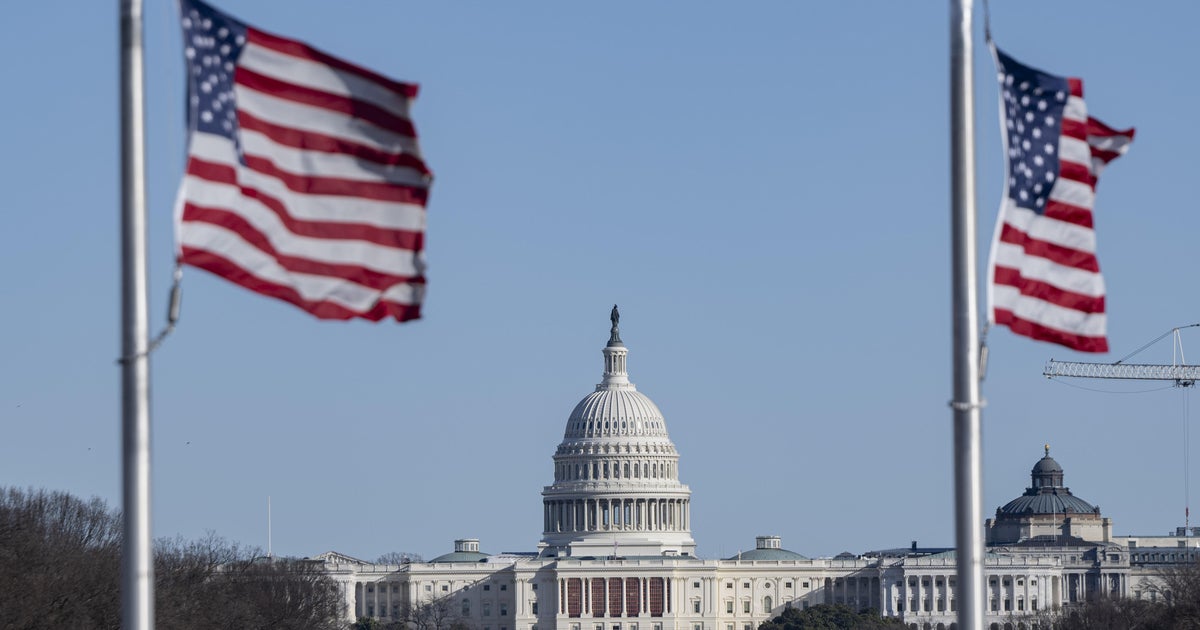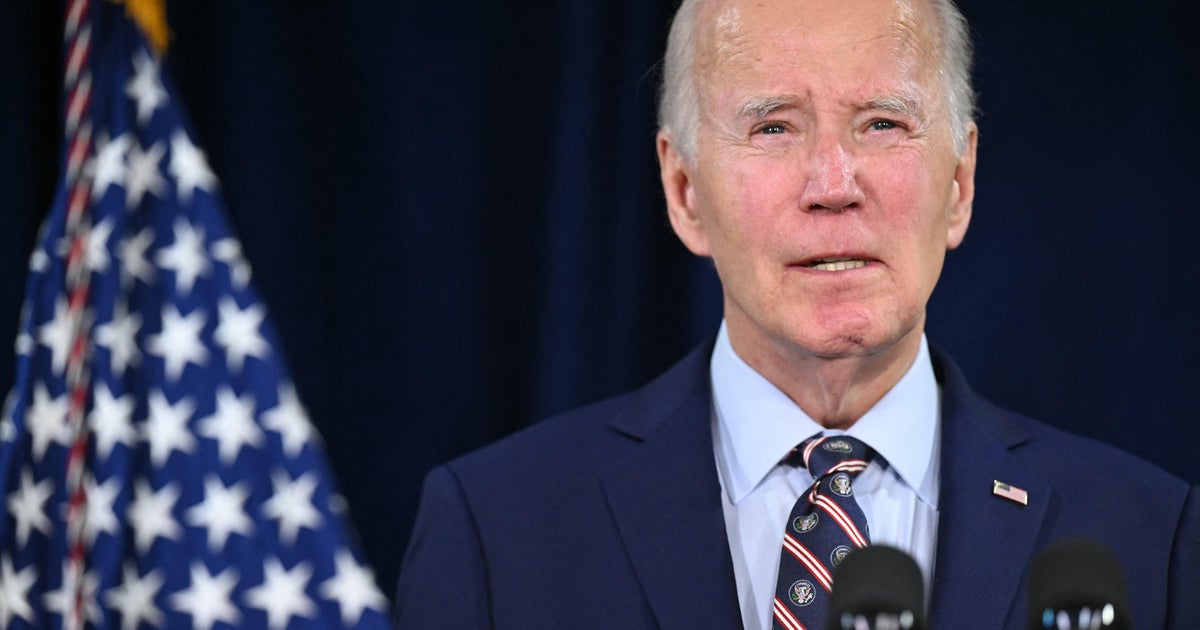Army open to discussion on renaming posts named for Confederate leaders
Washington — The leaders of the Pentagon and the U.S. Army are "open" to talks about changing the names of the 10 installations named for Confederate leaders, a spokesperson for the Army said.
The recent civil unrest sparked by the death of George Floyd in Minneapolis in late May has reignited calls for Confederate monuments in U.S. cities to be toppled and buildings that bear the names of Confederate military commanders to be renamed.
An Army spokesperson told Task & Purpose in February that it had "no plans to rename any street or installation, including those named for Confederate generals," but that position has since changed.
Colonel Sunset Belinsky, an Army spokesperson, said in a statement to CBS News that Defense Secretary Mark Esper and Army Secretary Ryan McCarthy are "open to a bipartisan discussion on the topic."
The shift comes days after the U.S. Marine Corps issued a directive for commanders to "identify and remove the display of the Confederate battle flag or its depiction within workplaces, common-access areas and public areas on their installations."
Calls to remove the Confederate flag and monuments from public places escalated after the 2015 shooting at the Emanuel AME Church in Charleston, where nine black members of the church were killed. In 2017, white nationalists protested in Charlottesville, Virginia, against the removal of a statue of Confederate General Robert E. Lee. The rally led to clashes between counter-protesters and the white nationalists who gathered there, and a white supremacist plowed his car through a crowd of counter-demonstrators, killing one woman.
The 10 Army posts named for Confederate leaders are: Fort Bragg in North Carolina, Camp Beauregard and Fort Polk in Louisiana, Fort Benning and Fort Gordon in Georgia, Fort Rucker in Alabama, Fort Hood in Texas, and Fort A.P. Hill, Fort Lee and Fort Pickett in Virginia.



